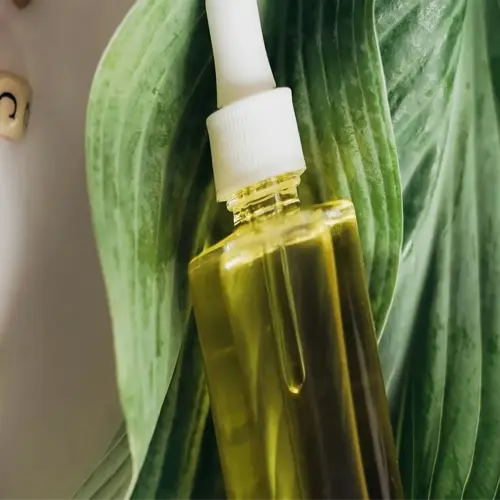Does no-till require more herbicides?

Written by
Paul Reynolds
Reviewed by
Prof. Samuel Fitzgerald, Ph.D.The benefits of no-till are a reduction in herbicide use by 40 - 60% over a 5-year period through biological control of weeds. The first few seasons may require greater chemical application to manage weed problems from the previous management systems. Once established, no-till systems capitalize on cover crops or soil biological systems to manage weed emergence through natural means.
Initial Transition (Years 1-3)
- Legacy weed pressure: 25% higher than conventional
- Pre-emergent use: 1.8 quarts/acre glyphosate equivalent
- Cost: $18-$22/acre herbicide budget
Established System (Years 4+)
- Cover crop allelopathy: 85% weed suppression
- Post-emergent use: 0.5 quarts/acre
- Cost: $8-$12/acre herbicide budget
Winter rye cover crops help produce allelochemicals that suppress weed germination for 8-10 weeks after killing the cover crop. When coupled with delayed soybean planting in June, this biological control alternative allows for the substitution of 1.2 quarts/acre of pre-emergent herbicides while providing 1.5 tons/acre of organic matter.
Entering the 3-year transition requires perseverance while simultaneously reaching a zero chemical-dependency mindset! Any savings for herbicides can go towards testing for soil health or inputs for precision applications. By Year 5, biological systems will manage approximately 80% of the weed-inflicted stress, freeing up the farm budget for premium seed varieties.
Read the full article: No Till Benefits: Boost Soil Health & Farm Profits

